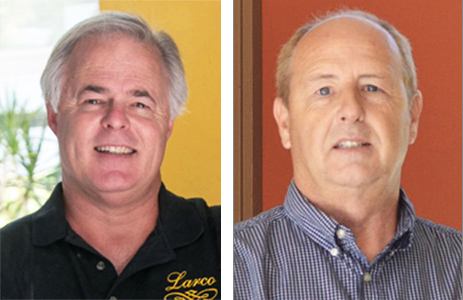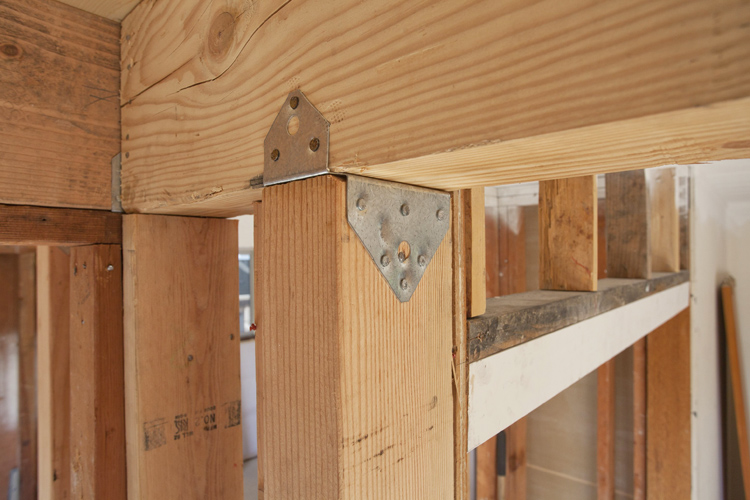House of Questions
 |
|
what can homeowners to do to bring in reinforcement? Photos: David Toerge |
 |
|
|
 |
|
|
Since Joe Eichler built his homes, more than a dozen earthquakes have had epicenters within 50 miles of the two regions where most of his houses are, in the San Francisco Bay Area and Los Angeles and Orange counties. To listen to the experts, it’s only a matter of time before another one arrives. So what’s a homeowner to do?
We asked two contractors, one from each area, what the most important and cost-effective improvements one can make to mid-century modern homes before the next one hits. Frank Larson specializes in mid-century modern homes as head of Larco Construction Services in San Francisco’s East Bay, as does Jeff Fracker for Southern California-based Transcontinental Construction Concepts in Irvine.
Where are the best places to put your money to seismically reinforce an Eichler?
Fracker: Well, one of the easiest things you can do is, when you’re replacing the siding, a lot of the cities now require you to use siding that is structural. It’s called Step One, which is a shear panel, and they cut the grooves into the shear panel so it looks like siding but it also gives you some lateral support for earthquakes.
Larson: This stuff is [naturally] like shear wall all around the house, so it already has a lot of built-in stabilizers. These homes are 60 years old, 65 years old. They’ve been here through a lot of earthquakes, so obviously something’s working [about the way they were constructed originally].
Fracker: You could also increase the amount of anchor bolts, and use larger washers. You would use square, cut-plate washers. In a basic shear-panel situation, you want to anchor the walls to the concrete, and then you anchor the Step One siding to the wall with the appropriate nailing. That would stabilize the wall situation from lateral movement. Those projects, for us, are the main things that we get into. Mostly the connection points are either at the roof, at the top of the post, or at the bottom of the post, and at the section of solid walls where you can actually put a shear panel on the wall, which nails into the individual wall studs.
What makes stabilizing an Eichler different than other homes?
Fracker: The benefit to Eichlers is their relatively light weight on the house, due to the roof load being very light on an Eichler. So, there’s not a lot of movement that you would normally find if you had a second story or something that was pushing on the house. It seems like these homes are so lightweight that they just kind of move with it [the earthquake] a little, and that doesn’t seem to do a lot of damage. It is interesting because, when you think about them [Eichlers] and you look at them [with their simplicity], you’d think they wouldn’t be able to survive any seismic damage.




